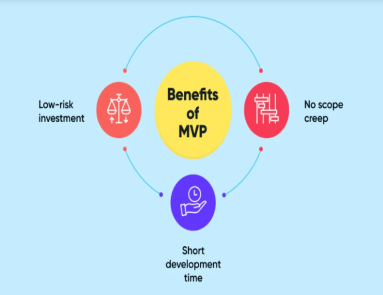The landscape of web applications is constantly evolving. Users nowadays expect web apps to be responsive, well-synchronized, and capable of delivering real-time experiences.
Unfortunately, most traditional client-server models struggle to keep up with these expectations. This is where sync engines step in. The sync engine is an advanced technology that helps solve many common problems app developers face today.
Let us break down what sync engines are and how they help.
Overview of Sync Engines
Sync engines synchronize data between multiple services, apps, and devices. These systems keep data consistent and up-to-date across different systems, clients, or devices.
A sync engine monitors data changes and propagates them properly throughout an application. The engine enables real-time data synchronization and supports offline user collaboration.
The good thing is that all these functions are almost invisible to end users.
Sync engines allow developers to edit documents on one device and see those changes on another without manual intervention. It can greatly benefit developers building collaborative web apps, real-time dashboards, and offline-first applications.
Popular apps like Figma, Notion, Trello, and Linear all use sync engines to keep data in sync across devices.
Let us take a closer look at the functionality of sync engines.
How Does a Sync Engine Work?
The sync engine relies on multiple systems to achieve data synchronization. It maintains a local copy of the data and updates the remote server whenever changes occur. The engine stores data locally, allowing users to interact with it even when offline.
As users modify data, the sync engine detects these changes automatically.
If modification happens on multiple clients, the engine applies a conflict resolution mechanism to manage these changes.
The sync engine synchronizes changes with remote servers to ensure all clients receive up-to-date information.
In short, the job of a sync engine is to manage three essential tasks. These include:
- Detection of Changes: The sync engine detects when and where data changes occur—whether on the server, in the cloud, or on a local client.
- Transmission of Data: The engine transmits these changes to all other related devices and systems.
- Conflict Resolution: If data is being changed in various places, the engine will resolve these conflicts depending on predefined rules or user inputs.
Components of Sync Engines
A powerful sync engine comprises several key components. Below are the main components and their respective functions.
- Change tracker tracks changes made to local data since the last sync. It uses version numbers, timestamps, and logs to do this.
- The local store saves app data on the device using technologies like IndexedDB or SQLite.
- Conflict resolver handles situations where the same data is changed in two places, preventing crucial updates from being overwritten.
- Sync protocol defines the rules and format for data exchange between servers and devices.
- The network layer handles communication between clients and servers securely.
- Data serializer converts data into a compact, transferable format to ensure proper synchronization.
Advantages of Sync Engines
- Real-time Collaboration: Sync engines allow multiple users to work on the same document or spreadsheet simultaneously. All participants can view changes in real-time.
- Offline Functionality: The engine supports offline functionality, allowing users to continue working without an internet connection. Once they’re back online, all changes automatically sync and merge without any extra effort.
- Enhanced User Experience: The engine minimizes data friction by ensuring seamless synchronization. Moreover, it assures users that their data is safe, up-to-date, and accessible at all times.
- Excellent Performance: Since sync engines work on local-first architectures, they offer better performance than traditional servers. All operations happen instantly on the local device. This approach minimizes reliance on round-trip server communication, resulting in lower latency.
- Minimum Backend Complexity: A sync engine lets you decouple the backend and front end using synchronization protocols. Additionally, it can also offload data tracking and versioning logic. This approach supports decentralized architectures, improving scalability and maintainability.
- Support for Complex Data Structures: Sync engines can handle complex objects, such as nested lists & trees, graphs, and hierarchical content. These engines employ smart encoding and reconciliation technology to preserve structure and relationships within data.
- Highly Scalable: Sync engines can handle multiple operations locally, reducing the load on central servers. They are ideal for web apps with millions of users or that require frequent concurrent edits.
Final Words
Sync engines have become a key part of modern web app infrastructure. Features like real-time collaboration, cross-device continuity, and offline functionality make sync engines a powerful asset for modern web applications.
Consider integrating a sync engine if you want to build a modern app. It will improve your workflow and efficiency.









